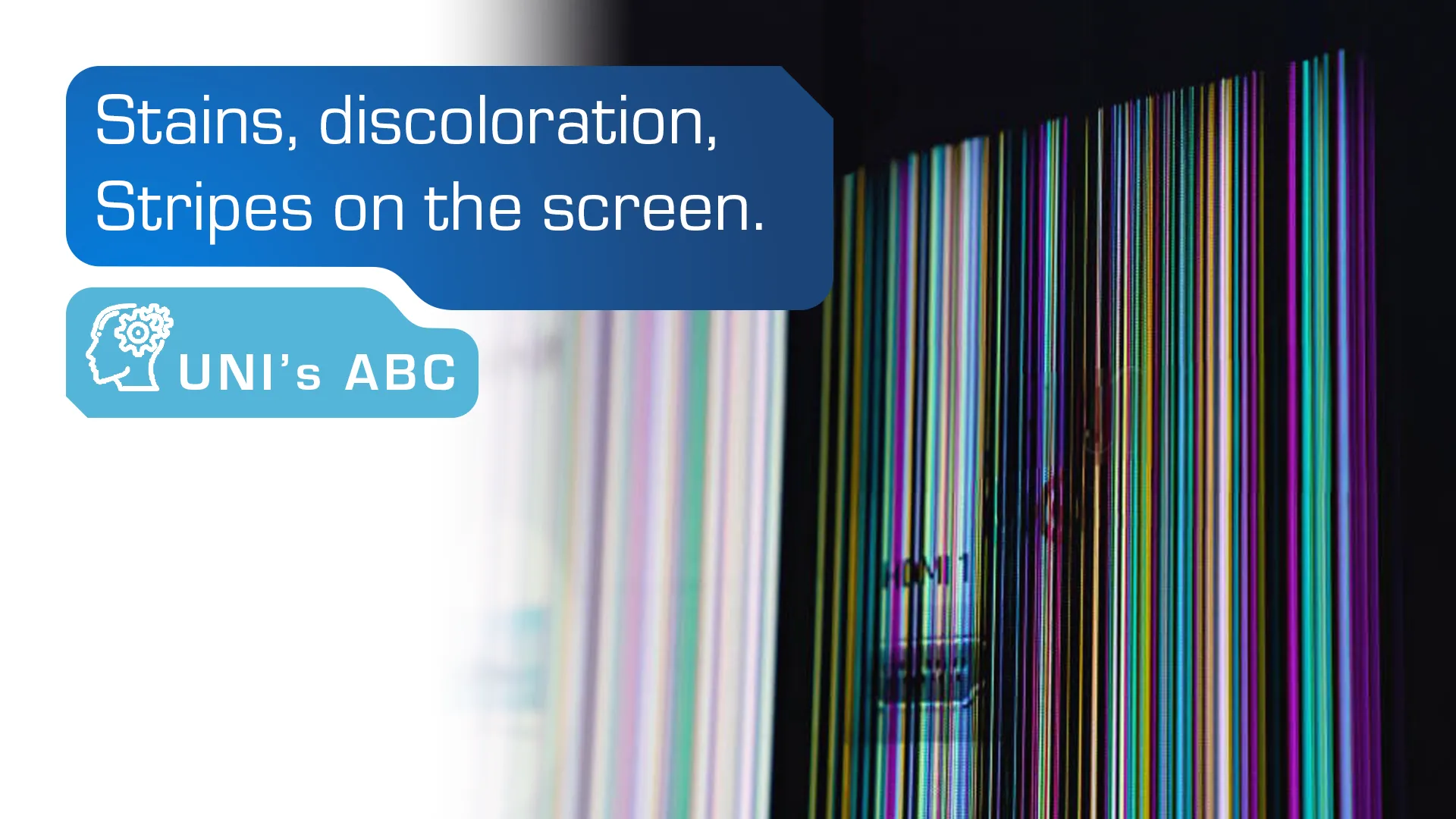
Touch panels are now becoming one of the most popular intermediaries of communication between man and machine located in urban spaces. It doesn’t matter if we are going to buy a public transportation ticket, order lunch at a fast food restaurant, withdraw money from an ATM, or pick up a package or pay for groceries. What makes them continue to gain in popularity? What opportunities do they offer device designers? And finally, how to make touch panels become… Touchless?
Table of Contents
Let’s start with the basics. The touch module is formed by two key components – the display and the sensor. Many vendors offer off-the-shelf, standard solutions that can be installed virtually immediately in the end device. However, it is worth considering an alternative option, which is to design a personalized product with individually shaped parameters tailored to the end device and the environment in which it will operate.
Readings
TFT LCD displays are most commonly used in touch applications. When choosing a model to be included in our project, we must take into account a number of parameters that are determined in relation to the operating conditions of the device. These include. brightness, operating temperature range, as well as communication interfaces and technologies used, such as hiTNI – which prevents black spots on screens located in sunny locations.
Reliably
Several touch technologies are available on the market, including. capacitive solutions, which are growing in popularity. Their principle of operation is based on detecting disturbances in the electrostatic field, which is disturbed by touching conductive objects such as fingers or a stylus. It is worth noting that the touch panels can also be adapted to the conditions in which they will operate. In some projects, enhancements such as water rejection mode (which detects the presence of water on the panel surface), palm rejection (which detects the presence of larger objects on the panel surface), noise detection or frequency hopping functions, which adjust the module’s performance in real time to environmental conditions even when the noise intensity changes frequently, may prove crucial.
Originally
Applying a sheet of tempered glass to the touch panel display not only protects the entire module, but also gives the designed device a unique look. Glass can take on any shape and color, making it not only match, for example, corporate colors, but also stand out from standard solutions. Thanks to the development of printing techniques, we can even apply photorealistic graphics to glass.

Safely
To increase the comfort of users using the designed device, a number of coatings can additionally be applied, such as anti-glare (AG) and anti-reflective (AR), which reduce glare and improve the readability of the presented content, anti-fingerprint – which prevents dirt from sticking, or anti-shatter, which limits the spread of glass shards in case of damage. In the face of the coronavirus pandemic, anti-microbial (AM) coatings, which reduce the amount of microorganisms remaining on the surface of the glass, have become an added advantage and sometimes even a necessity. Their effectiveness is determined to be at least 99.9%, which is especially important for applications located in public spaces and operated by thousands of people every day.
(Un)touched
However, we can go even further. The worldwide pandemic has caused us to not only keep our social distance, but also to pay attention to the objects we touch throughout the day and limit the amount we touch. The answer to the global situation has become contactless interfaces that give the user the ability to interact with the display without touching it (so-called “Hover Touch”). Solutions of this type benefit, among others. from artificial intelligence algorithms and allow not only to detect simple gestures for interaction, but also to predict the intentions of the person operating the device. Their popularity in urban areas seems to be only a matter of time.
Each project requires a customized approach and careful analysis of the factors that affect not only the functioning of the module and the device as a whole, but also the experience of its users. Contact us for support in implementing your project.
2021-07-28
Recent Knowledge

Internet of things, what it is and examples of industrial applications
The Internet of Things (IoT) is one of the most promising and rapidly developing technologies of recent years. Its application in business brings great opportunities to optimize processes, reduce costs […]

Stains, discoloration, stripes on the screen – how to identify and repair defects in industrial displays?
The dark spot on the iPhone screen, the black spot on the TV, the colored spots on the phone screen, the yellow spot on the display … Problems with screens […]

Basic electronic components in industry – a guide for beginners
Electronics has played an extremely important role in all branches of modern industry for many years. It allows automation of production processes, precise control of machines and equipment, collection and […]

Optoelectronics – basic information and example applications
Optoelectronics is the branch of electronics that deals with the conversion of electricity into light and light into electricity using semiconductor materials called semiconductors. Semiconductors are crystalline solid materials with […]



